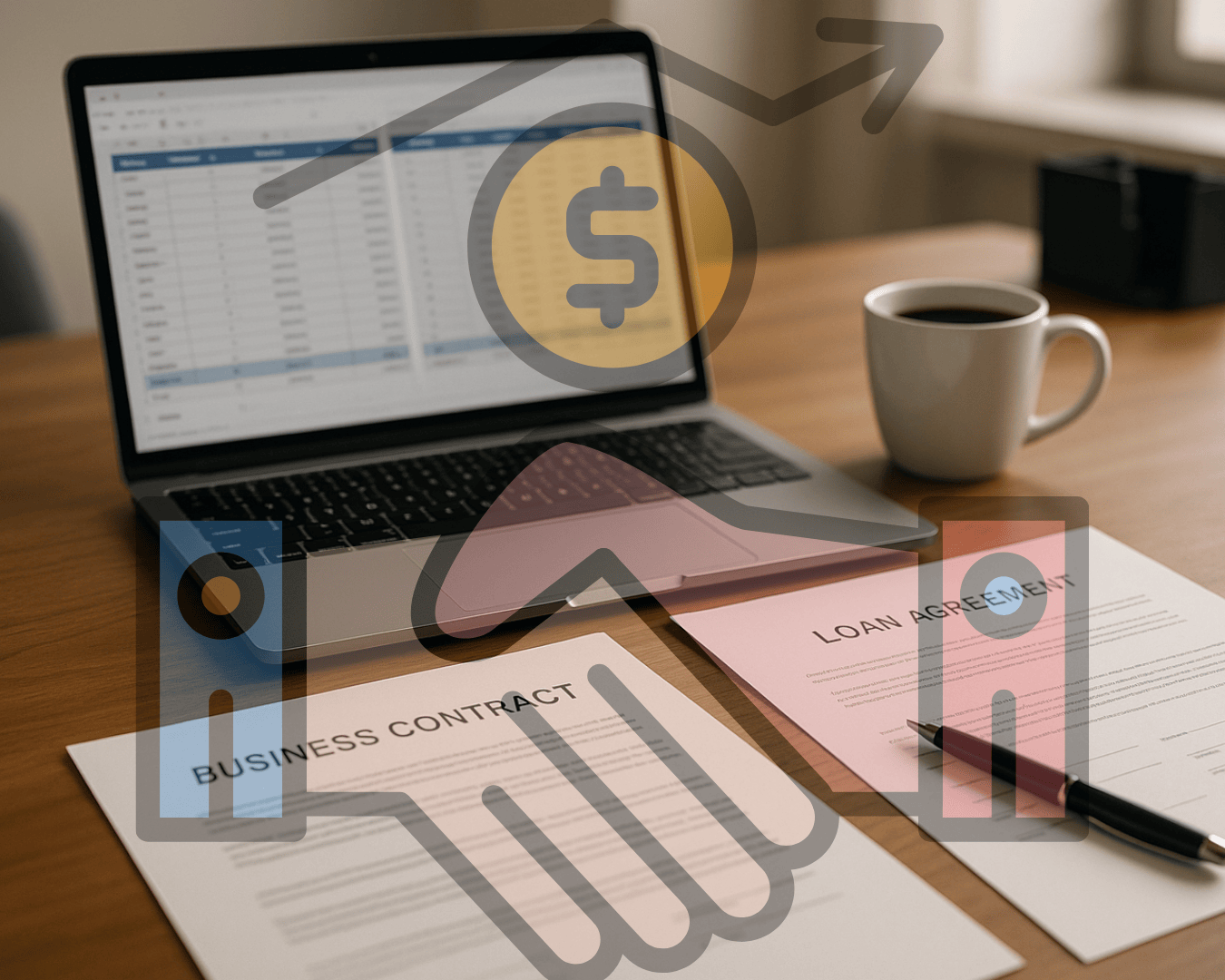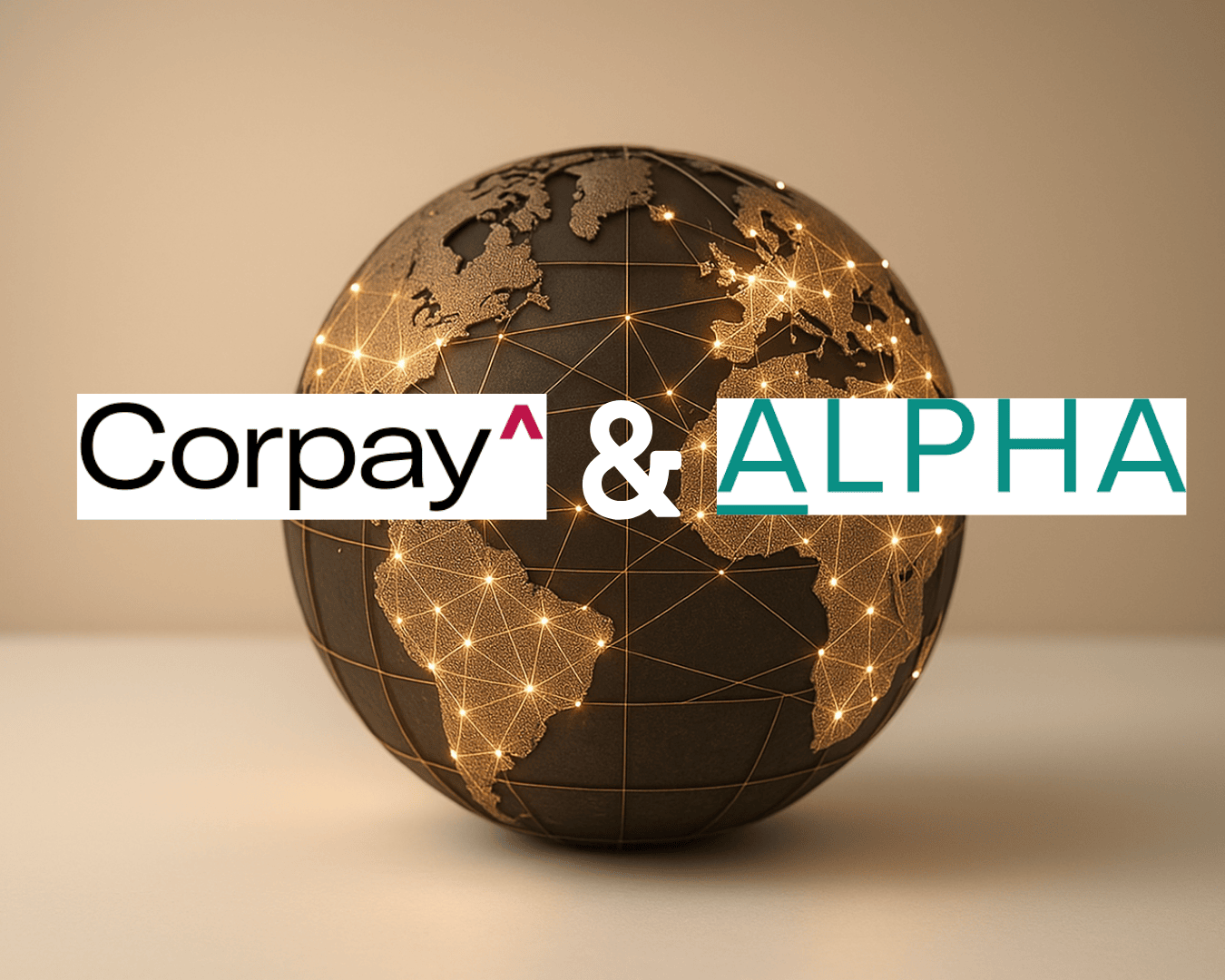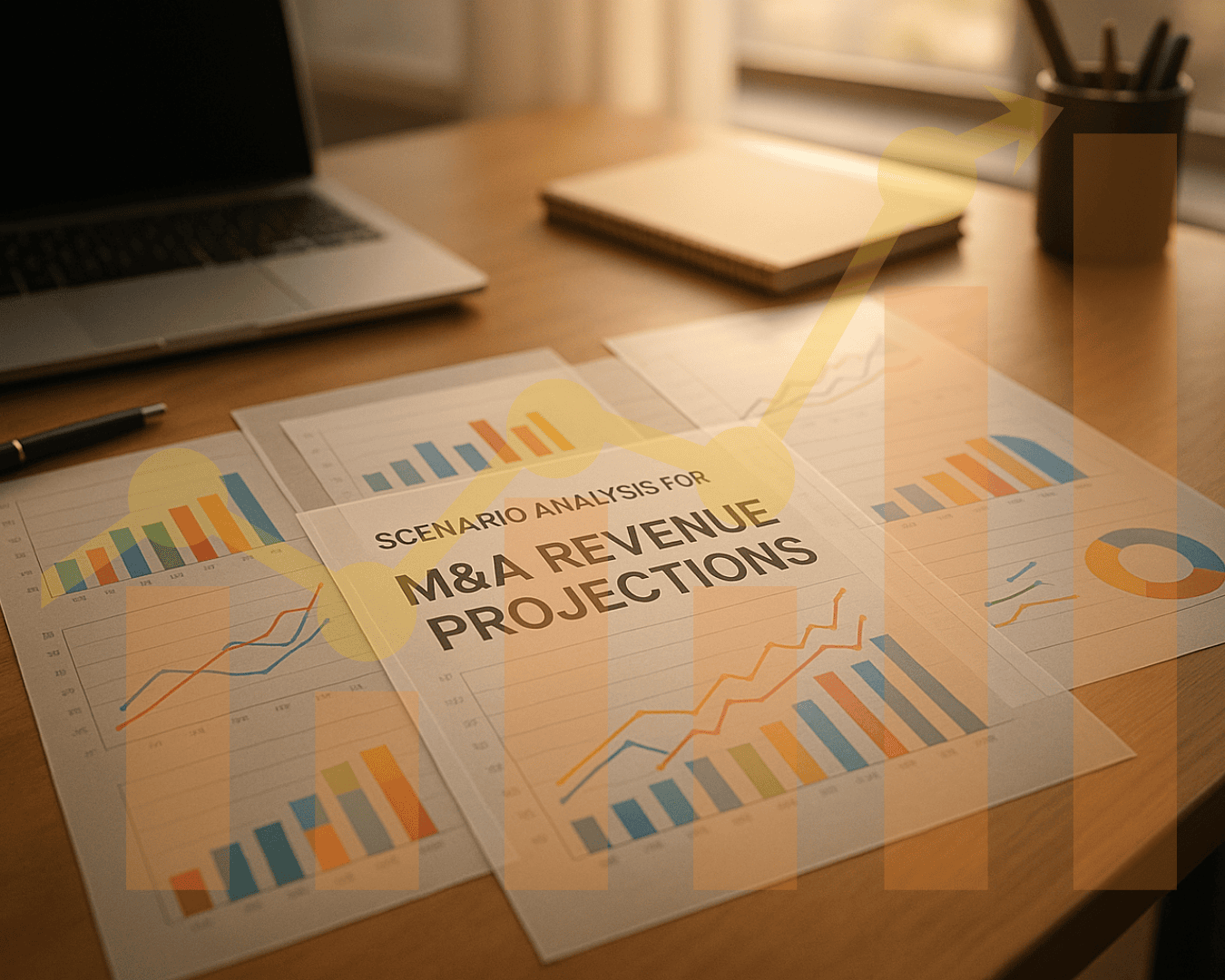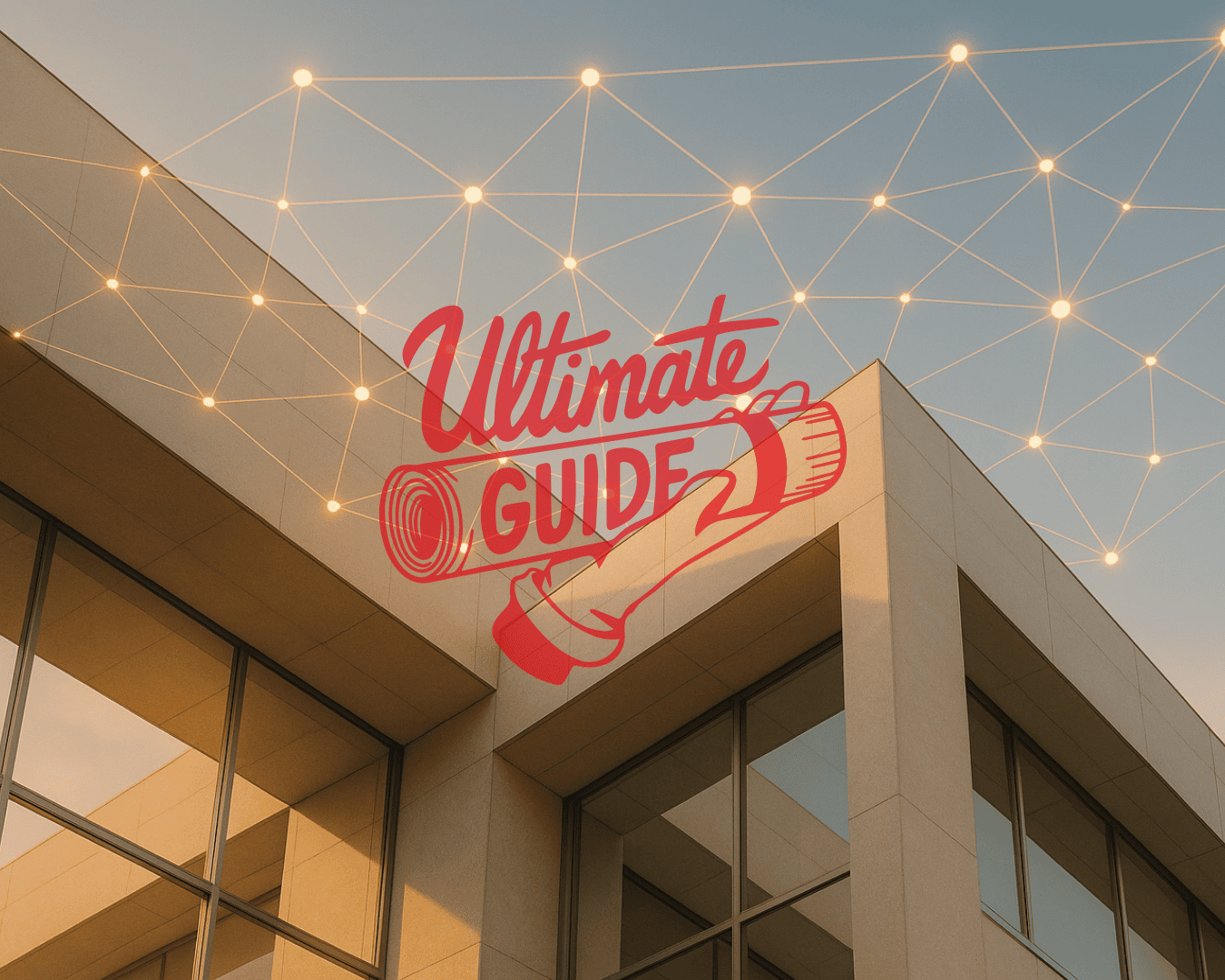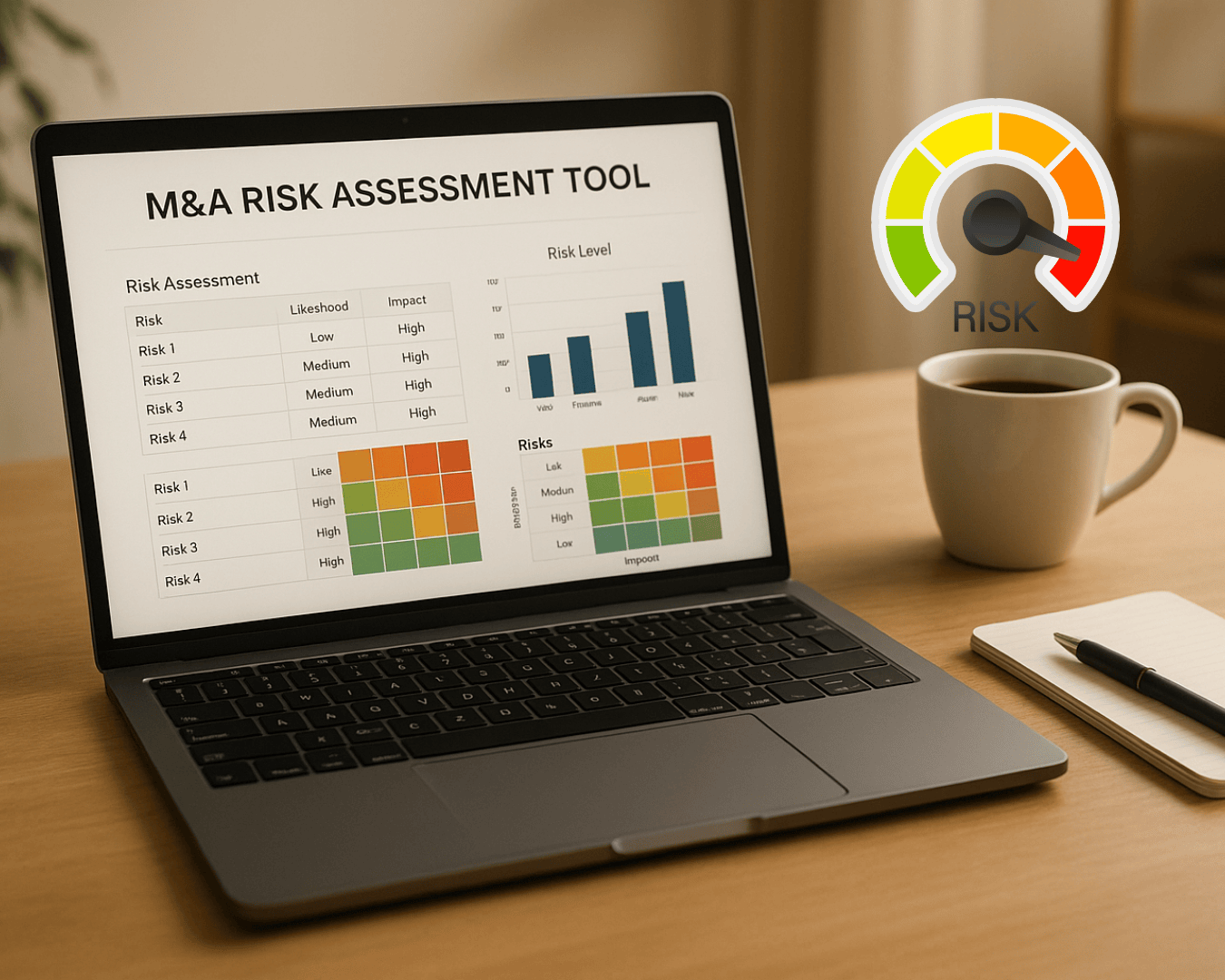When it comes to financing a business acquisition, securing the right SBA loan is crucial for ensuring a smooth transition and long-term success. Many buyers face a critical decision: should they work directly with a lender or use the services of an SBA loan broker? While both options have their merits, utilizing an SBA loan broker often offers significant advantages, particularly when it comes to creative deal structuring and navigating the complexities of SBA loan requirements.
The Benefits of SBA Loan Brokers
SBA loan brokers are specialists who work with a variety of lenders to find the best loan options tailored to your specific needs. Unlike direct lenders, who offer only their own loan products, brokers have access to a wide network of lending institutions. This access allows brokers to match you with a lender whose SBA loan programs align perfectly with your business acquisition goals. By leveraging their industry knowledge and connections, SBA loan brokers can secure better terms, rates, and loan structures that might not be available through direct lenders.
Creative Deal Structuring with SBA Loan Brokers
One of the standout benefits of working with an SBA loan broker is the ability to creatively structure your deal. SBA loans can be complex, with various terms, conditions, and eligibility criteria that may seem daunting. An experienced broker understands these intricacies and can help you structure a deal that maximizes your financial leverage while minimizing risk. Whether it's negotiating seller financing, arranging for partial buyouts, or customizing repayment terms, SBA loan brokers excel at finding innovative solutions that direct lenders may not offer. This flexibility can be the difference between a good deal and a great one.
The Limitations of Direct Lenders
While direct lenders, such as banks or credit unions, can offer competitive SBA loan products, they are often limited by their institutional policies and lending criteria. Each lender has its own set of requirements, and not all are experts in SBA lending. Many large banks, for instance, may not specialize in the nuances of SBA loans, leading to a more rigid and standardized approach. This lack of specialization can result in fewer options for buyers, especially those looking for more creative financing solutions. Direct lenders may not have the flexibility to tailor a loan package to your unique needs, which can be a significant disadvantage in a competitive market.
Why SBA Loan Brokers Are the Superior Choice
For those looking to acquire a business, especially in a market where creativity in deal structuring can make or break a transaction, SBA loan brokers are the superior choice. Their ability to navigate the complexities of SBA loans, coupled with access to a broad range of lenders, ensures that you get the best possible deal. Brokers work as your advocate, guiding you through the loan process, negotiating on your behalf, and providing you with the flexibility needed to structure a deal that meets your financial objectives. In a landscape where every detail matters, the expertise and versatility of an SBA loan broker can provide you with the edge needed to succeed in your business acquisition.
SBA loan brokers typically charge for their services through one of the following methods:
1. Success Fee (Broker Fee):
- What It Is: The most common way brokers charge is through a success fee, also known as a broker fee, which is a percentage of the total loan amount. This fee is only paid if the broker successfully secures the loan for you.
- How Much: The fee usually ranges from 1% to 3% of the loan amount, though this can vary based on the complexity of the deal, the broker’s experience, and the size of the loan.
2. Flat Fee:
- What It Is: Some brokers charge a flat fee for their services, which can be paid upfront, at closing, or in installments. This fee structure is less common but can be an option, especially for smaller loans or simpler transactions.
- How Much: The flat fee amount varies widely depending on the services provided but typically ranges from $2,000 to $15,000.
3. Consultation Fee:
- What It Is: In some cases, brokers may charge an initial consultation or retainer fee to cover the time and resources spent researching and preparing your loan application. This fee might be non-refundable but can sometimes be credited toward the success fee if the loan is approved.
- How Much: Consultation fees can range from a few hundred to a few thousand dollars, depending on the broker and the scope of the services.
4. Ongoing Service Fee:
- What It Is: Some brokers might offer ongoing support throughout the life of the loan, such as helping with compliance, reporting, or refinancing. For these services, they may charge an ongoing service fee, which can be a flat monthly fee or a percentage of the loan balance.
- How Much: The ongoing service fee is typically negotiated upfront and can vary depending on the extent of the services provided.
Important Considerations:
- Transparency: It’s essential to have a clear understanding of the fee structure before engaging a broker. A reputable broker will provide a detailed fee agreement that outlines all potential charges.
- Value vs. Cost: While broker fees add to the cost of securing an SBA loan, the value they provide—such as access to better loan terms, creative structuring, and faster approval times—often outweighs the cost, especially for complex business acquisitions.
The time it takes to secure an SBA loan for a business acquisition can vary depending on several factors, including the complexity of the deal, the readiness of your financial documentation, the lender's process, and whether you are working with a broker or going directly to a lender. Here's a general timeline:
1. Initial Consultation and Prequalification (1-2 weeks):
- With a Broker: The broker will assess your financial situation, business acquisition goals, and loan needs. This involves gathering initial documentation and prequalifying you for an SBA loan. This step usually takes about 1-2 weeks, depending on how quickly you can provide the necessary information.
- Direct Lender: A direct lender might take a similar amount of time to review your application and determine prequalification.
2. Loan Application Submission (2-4 weeks):
- With a Broker: Once prequalified, the broker will submit your application to one or more lenders. The broker helps ensure that your application is complete and compelling, which can expedite the process. Expect this step to take 2-4 weeks.
- Direct Lender: If you're working directly with a lender, you'll submit your application to that institution, which may take longer if you need to prepare the application on your own without professional guidance.
3. Lender Review and Underwriting (4-6 weeks):
- With a Broker: The broker facilitates communication between you and the lender(s), helping to address any questions or additional documentation requests. The underwriting process typically takes 4-6 weeks but could be faster if the broker has a strong relationship with the lender.
- Direct Lender: Without a broker's assistance, you may experience delays if there are any issues with your application, or if additional documentation is needed.
4. Approval and Closing (2-4 weeks):
- With a Broker: After underwriting, the lender issues a conditional approval. The broker helps you meet any remaining conditions, such as additional paperwork or legal requirements. The final closing process usually takes another 2-4 weeks.
- Direct Lender: Direct lenders follow a similar timeline for approval and closing, but again, the process might be slower without a broker's guidance to keep things on track.
Total Time: 9-16 Weeks
- With a Broker: Typically, the entire process from initial consultation to closing takes about 9-14 weeks. A skilled broker can often expedite the process by ensuring that your application is complete and anticipating lender requirements.
- Direct Lender: If you're working directly with a lender, the process can take 12-16 weeks, depending on how smoothly things go.
Factors That Can Influence the Timeline:
- Complexity of the Deal: More complex acquisitions (e.g., those involving multiple entities, seller financing, or specific industry considerations) may take longer.
- Documentation Readiness: Having all required financial statements, tax returns, business plans, and personal financial information ready can speed up the process.
- Lender Workload: The lender’s current workload and capacity can affect how quickly your loan moves through underwriting and approval.
- Appraisals and Inspections: If the acquisition involves real estate or significant assets, appraisals and inspections may add time to the process.
When working with SBA loans, particularly for business acquisitions, creative deal structuring can make a significant difference in the success and terms of the transaction. While some aspects of SBA lending are standardized, individual banks have varying levels of flexibility and expertise, allowing for unique and innovative deal structures. Here are some examples of creative deal structures that can be achieved with the SBA, often dependent on the specific bank or lender:
1. Seller Note as Equity Injection
- What It Is: Typically, SBA loans require the borrower to provide a certain percentage of the purchase price as an equity injection, often around 10%. However, some banks may allow a portion of this equity injection to be covered by a seller note (a promissory note where the seller agrees to finance part of the purchase price).
- Creative Angle: Some banks are willing to treat up to 50% of the seller note as part of the buyer’s equity injection, reducing the cash required upfront by the buyer. This is especially useful for buyers who are cash-constrained but have a strong business acquisition opportunity.
2. Combination of SBA 7(a) and 504 Loans
- What It Is: The SBA 7(a) loan is commonly used for business acquisitions, while the SBA 504 loan is typically used for real estate or equipment purchases. Some banks will creatively combine these two loan types to optimize the financing structure.
- Creative Angle: By using a 7(a) loan for working capital and business acquisition while leveraging a 504 loan for real estate or large equipment purchases, the buyer can benefit from lower down payments and longer amortization periods. This structure allows the buyer to maintain better cash flow while securing the necessary assets.
3. Earn-Outs Combined with SBA Financing
- What It Is: An earn-out is a provision in which the seller receives additional compensation based on the business’s future performance post-acquisition. While SBA loans generally do not support earn-outs directly, some banks have found ways to incorporate them into the deal structure.
- Creative Angle: Certain lenders may allow for an SBA loan to be structured where a portion of the seller financing is contingent on future performance (the earn-out). This could be crafted to comply with SBA guidelines by ensuring that the primary loan is fully collateralized and the earn-out portion is structured as a secondary note outside the SBA loan agreement, allowing for potential flexibility in repayment terms.
4. Multiple Seller Financing Notes
- What It Is: Seller financing involves the seller of the business providing a loan to the buyer to cover part of the purchase price. Typically, one seller note is used, but some banks allow for multiple seller notes with varying terms.
- Creative Angle: A bank might allow a buyer to structure the deal with multiple seller notes, one of which is fully subordinated to the SBA loan and considered a “standby” debt (not requiring payment until the SBA loan is repaid). This can reduce the buyer’s initial cash outlay and make the deal more attractive by allowing for different repayment schedules that suit the buyer’s cash flow needs.
5. Partial Buyouts with SBA Financing
- What It Is: A partial buyout involves purchasing only a portion of a business, such as buying out one or more partners or acquiring a stake in the business rather than the entire company.
- Creative Angle: Some banks are willing to structure SBA loans for partial buyouts, where the buyer can use an SBA loan to purchase an equity stake in the business. This is particularly useful in partnerships or family-owned businesses where one party wants to exit. The loan can be structured so that the business itself remains the borrower, reducing personal risk for the individual buyer.
6. Use of Excess Cash Flow for Prepayment
- What It Is: Some SBA lenders allow for the use of excess cash flow generated by the business post-acquisition to prepay the loan without penalties.
- Creative Angle: This allows the borrower to aggressively pay down the loan as the business performs well, reducing interest costs and shortening the loan term. Not all banks offer this option, and those that do may require specific conditions, such as maintaining a minimum liquidity threshold.
7. Flexible Collateral Requirements
- What It Is: SBA loans typically require sufficient collateral to secure the loan, but some lenders offer more flexibility in what can be used as collateral or how collateral is valued.
- Creative Angle: A lender might accept a broader range of assets as collateral, including personal assets or even future receivables. This flexibility can be critical in cases where the business’s assets alone are insufficient to fully secure the loan, allowing the deal to proceed when it might otherwise stall.
8. Subordinated Debt with Flexible Terms
- What It Is: Subordinated debt refers to loans that are paid after other debts in the case of liquidation. Some banks allow for subordinated debt structures within SBA loans that offer very flexible terms.
- Creative Angle: A creative structure might involve subordinated debt that has a very low initial repayment amount (or interest-only payments) for a set period, allowing the business to stabilize cash flow post-acquisition. This type of structure is often used in conjunction with seller financing or additional private financing and can make a challenging acquisition more feasible.
9. Deferred Payment Structure for Seller Financing
- What It Is: Seller financing is common in SBA deals, but some banks allow deferred payments on the seller note, which can be beneficial to the buyer.
- Creative Angle: A lender might agree to a deal where the seller financing payments are deferred for a certain period (e.g., 12 months), giving the buyer time to improve cash flow before making additional payments. This deferred payment structure can make a significant difference in the early stages of ownership.
10. Blended Interest Rates
- What It Is: Some lenders offer the ability to blend interest rates from different loan products or loan portions to create a more favorable overall rate.
- Creative Angle: For example, a bank might combine a fixed-rate portion (like a 504 loan) with a variable-rate portion (like a 7(a) loan) to lower the overall interest rate. This can reduce the buyer's financial burden, especially in a rising interest rate environment.
These creative structures highlight the importance of working with an SBA loan broker who understands the unique offerings and flexibilities of different banks. Brokers can help buyers navigate these opportunities, tailoring the deal structure to best fit the buyer’s financial goals and the specifics of the acquisition.




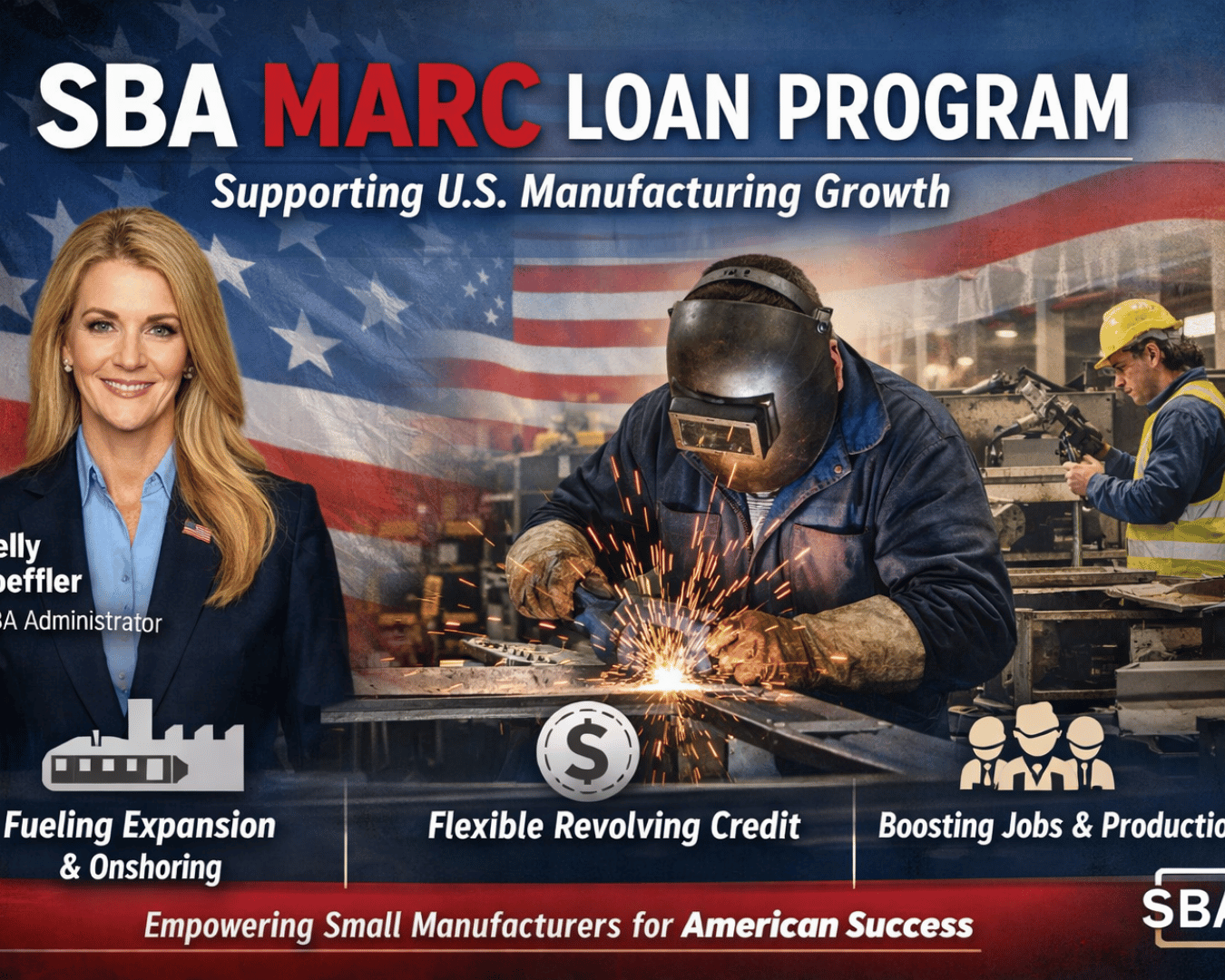



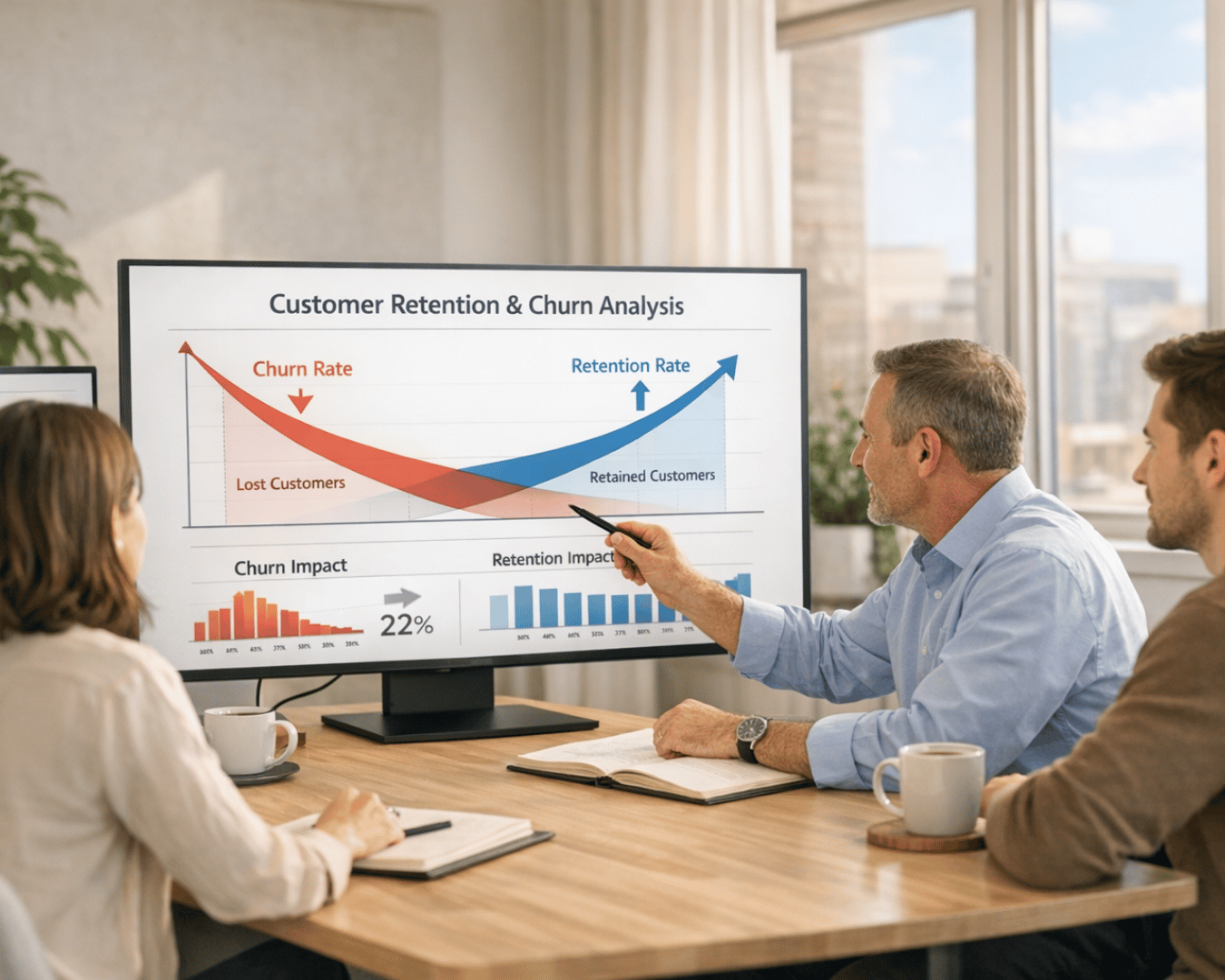










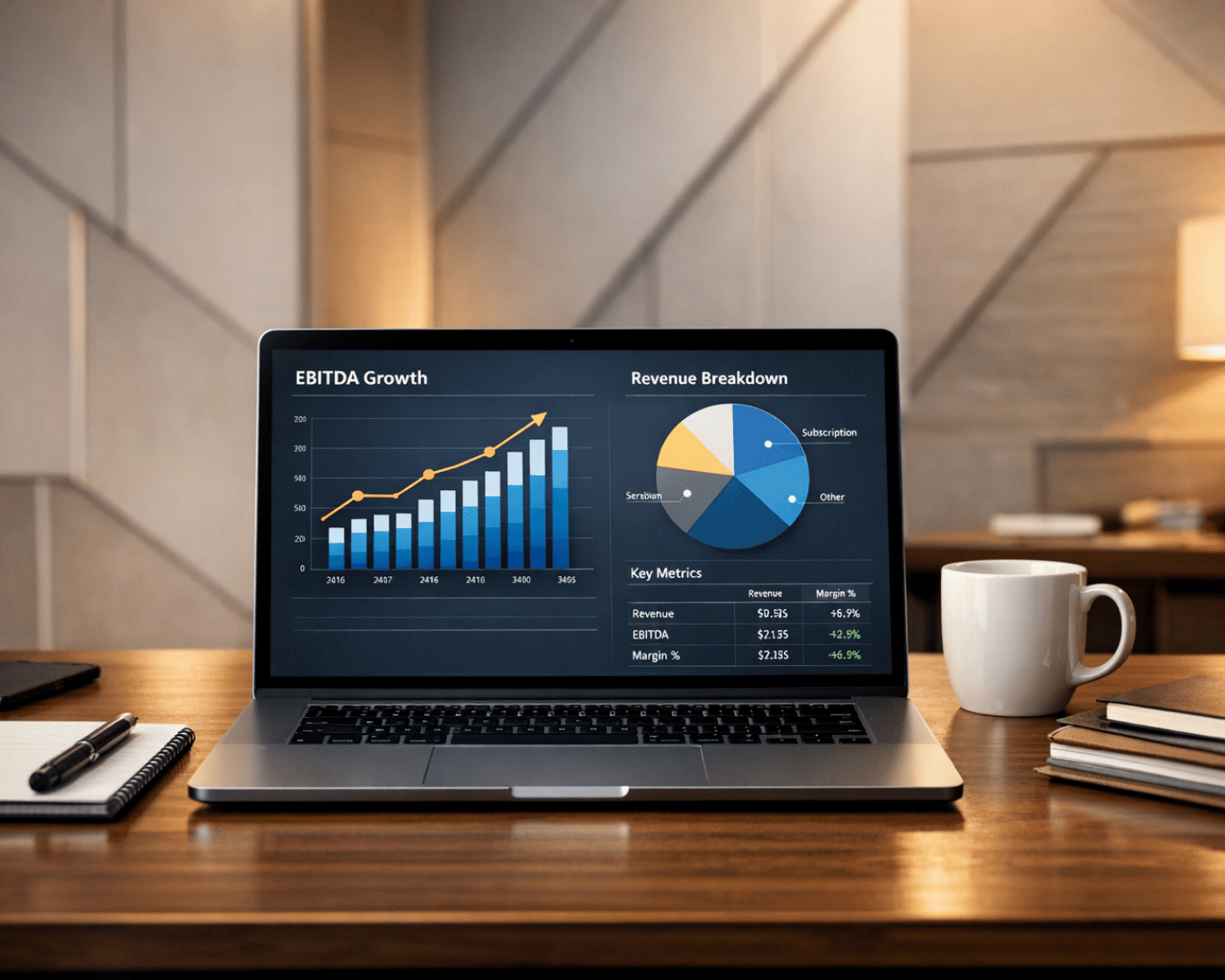








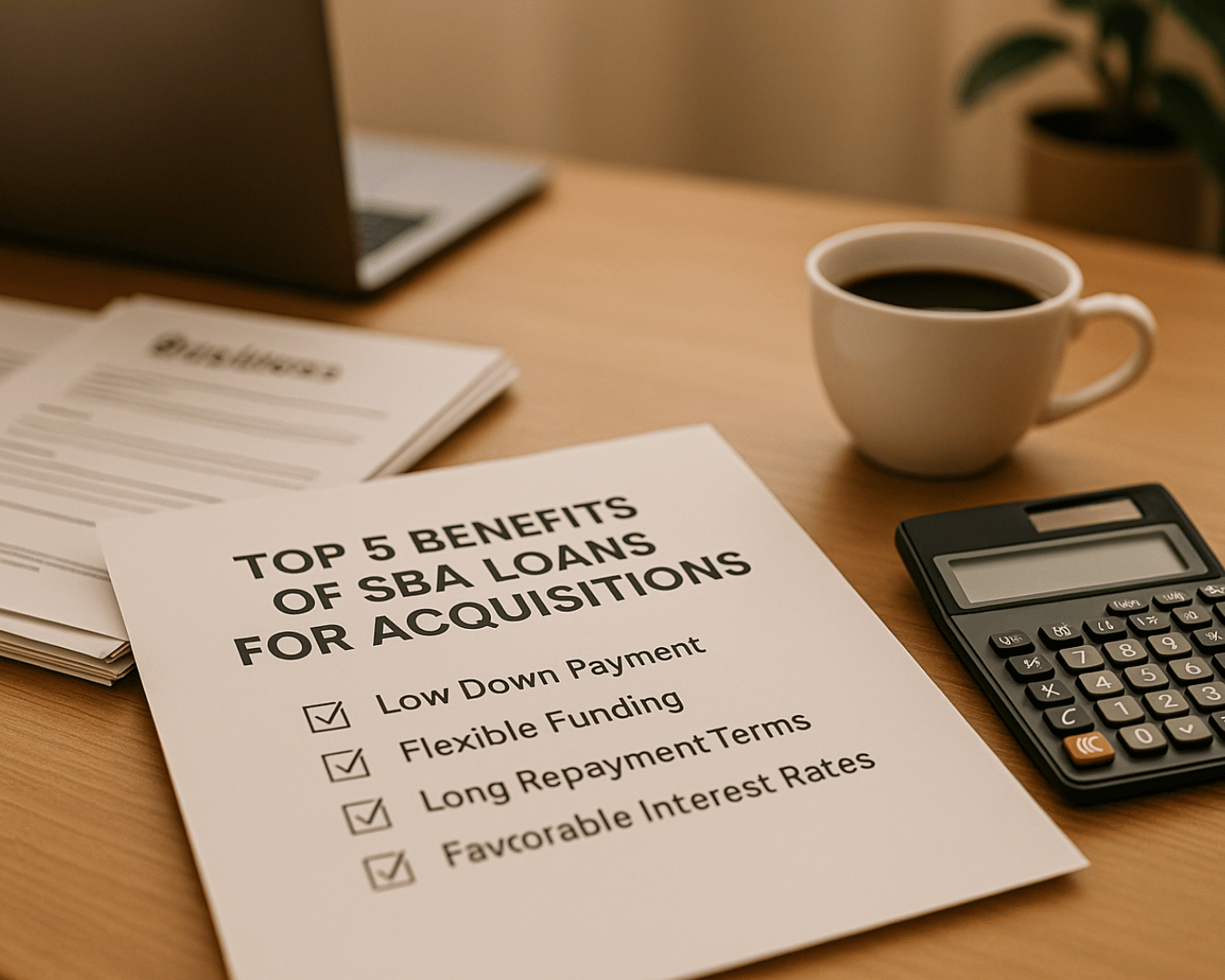

.png)
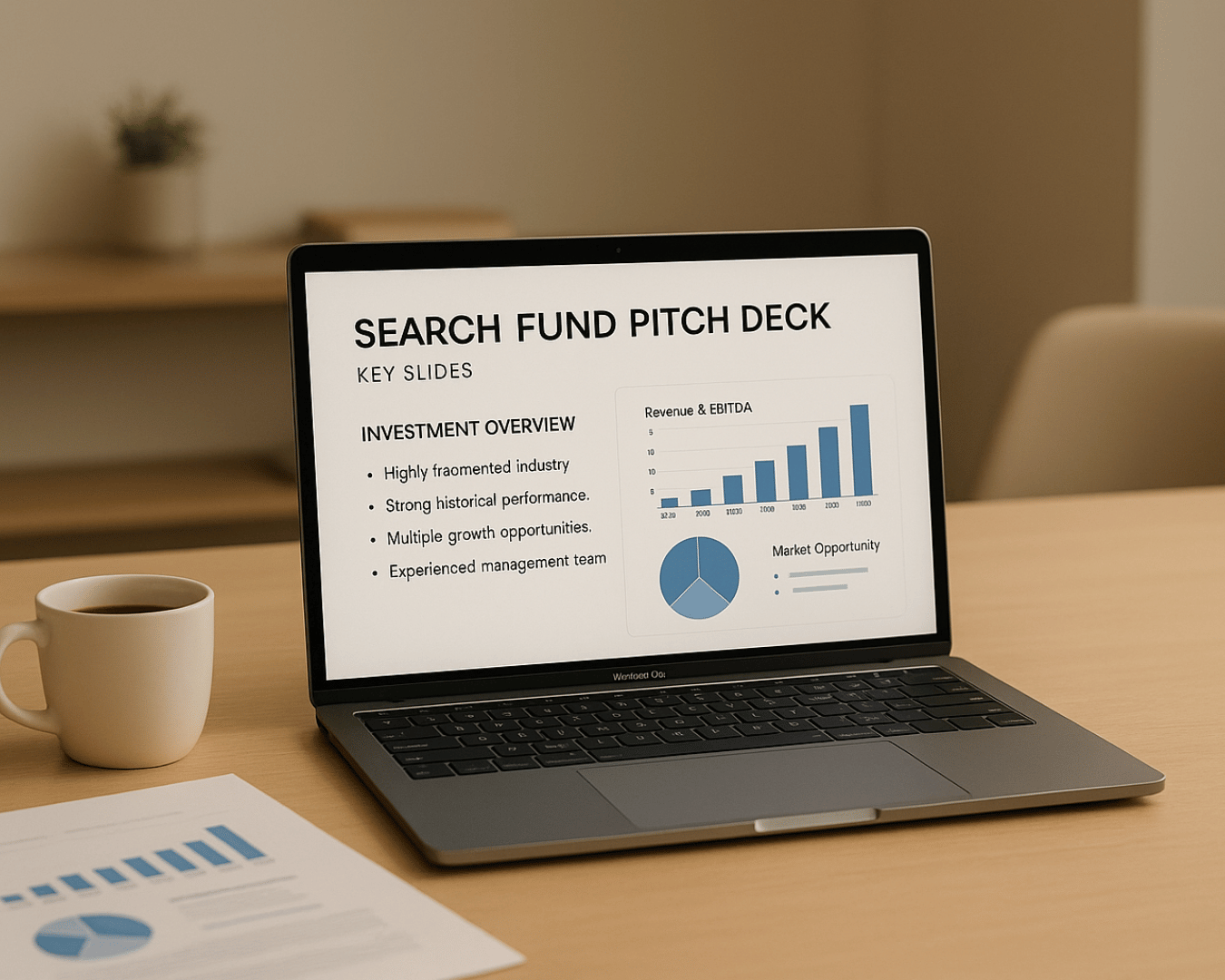














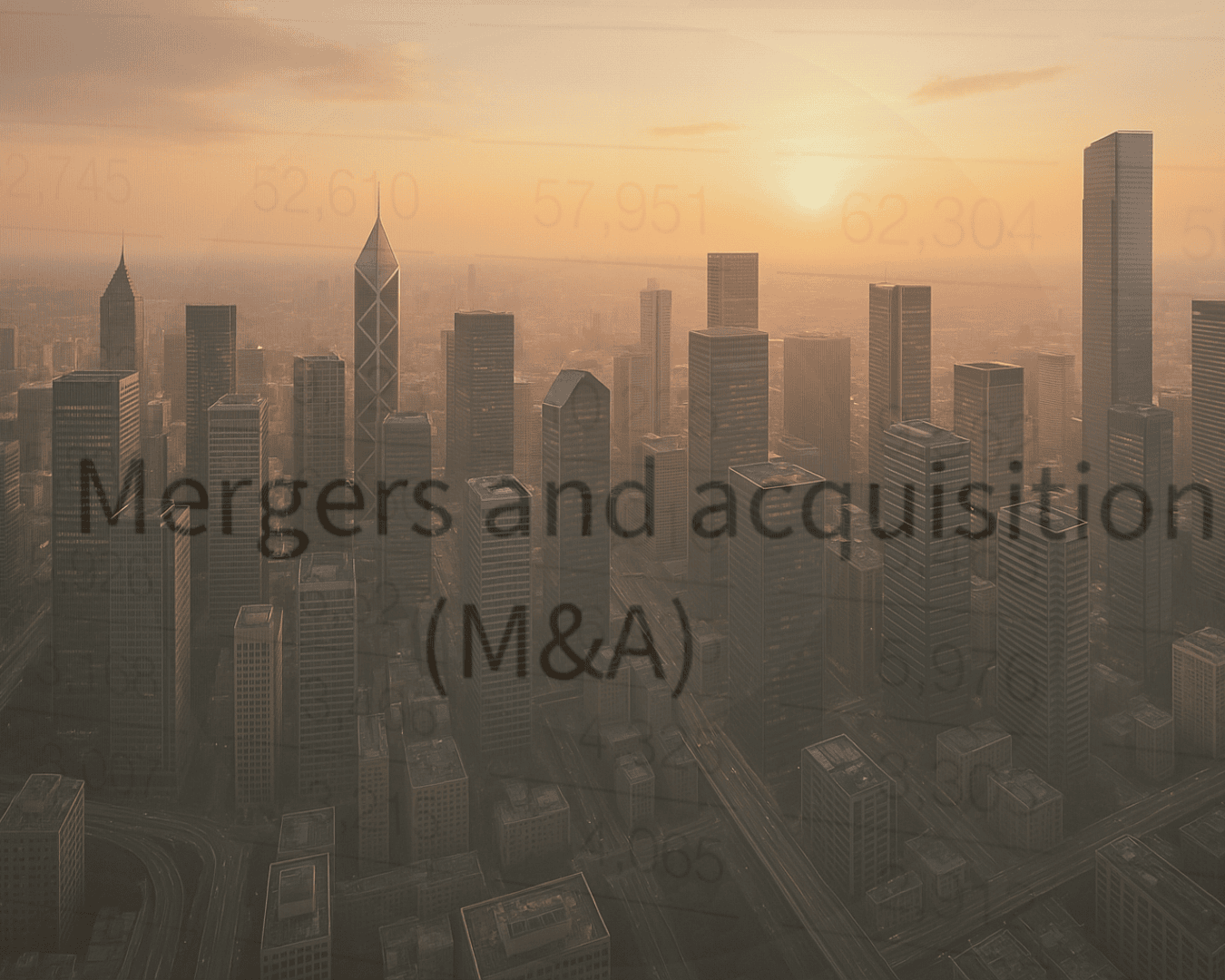

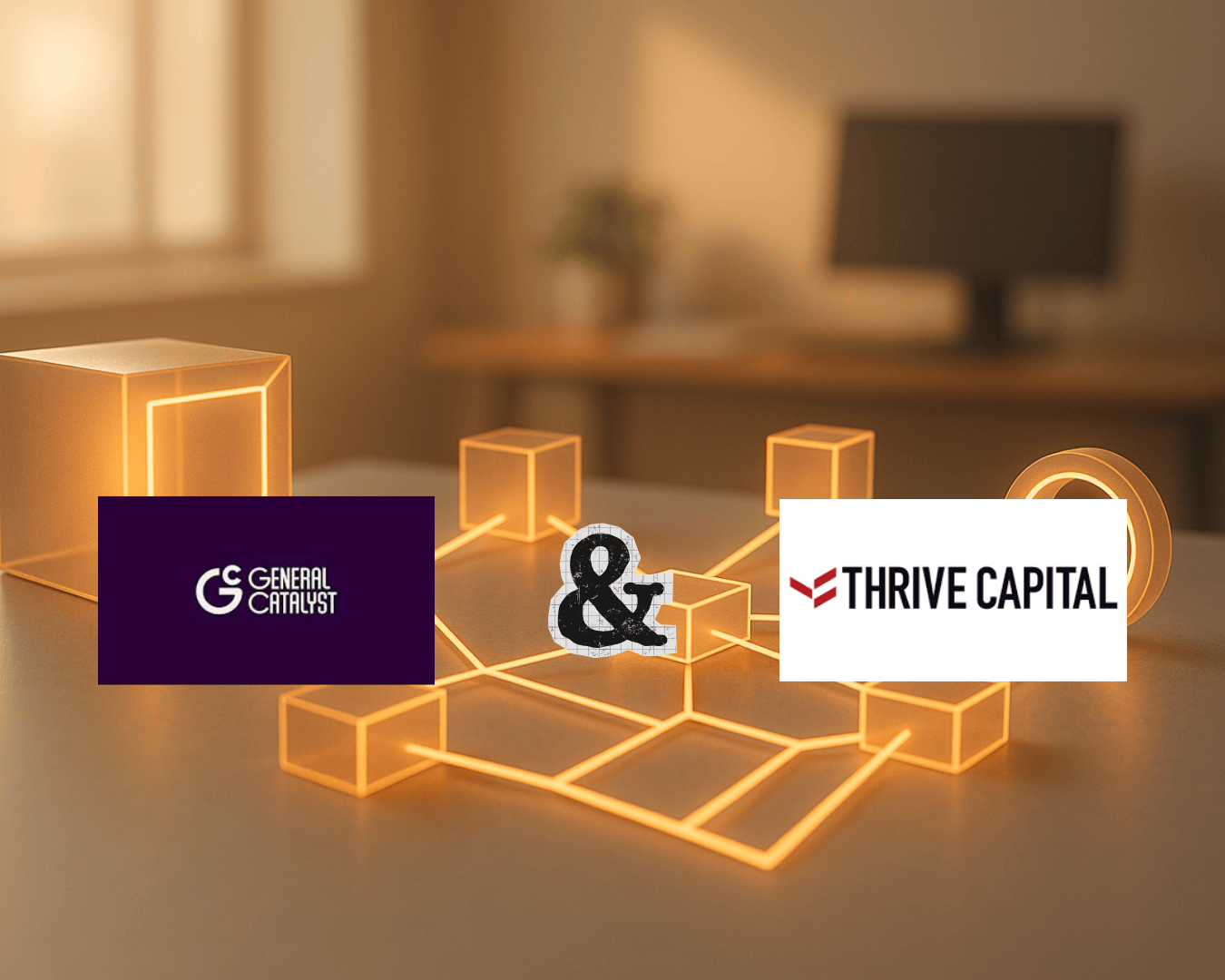







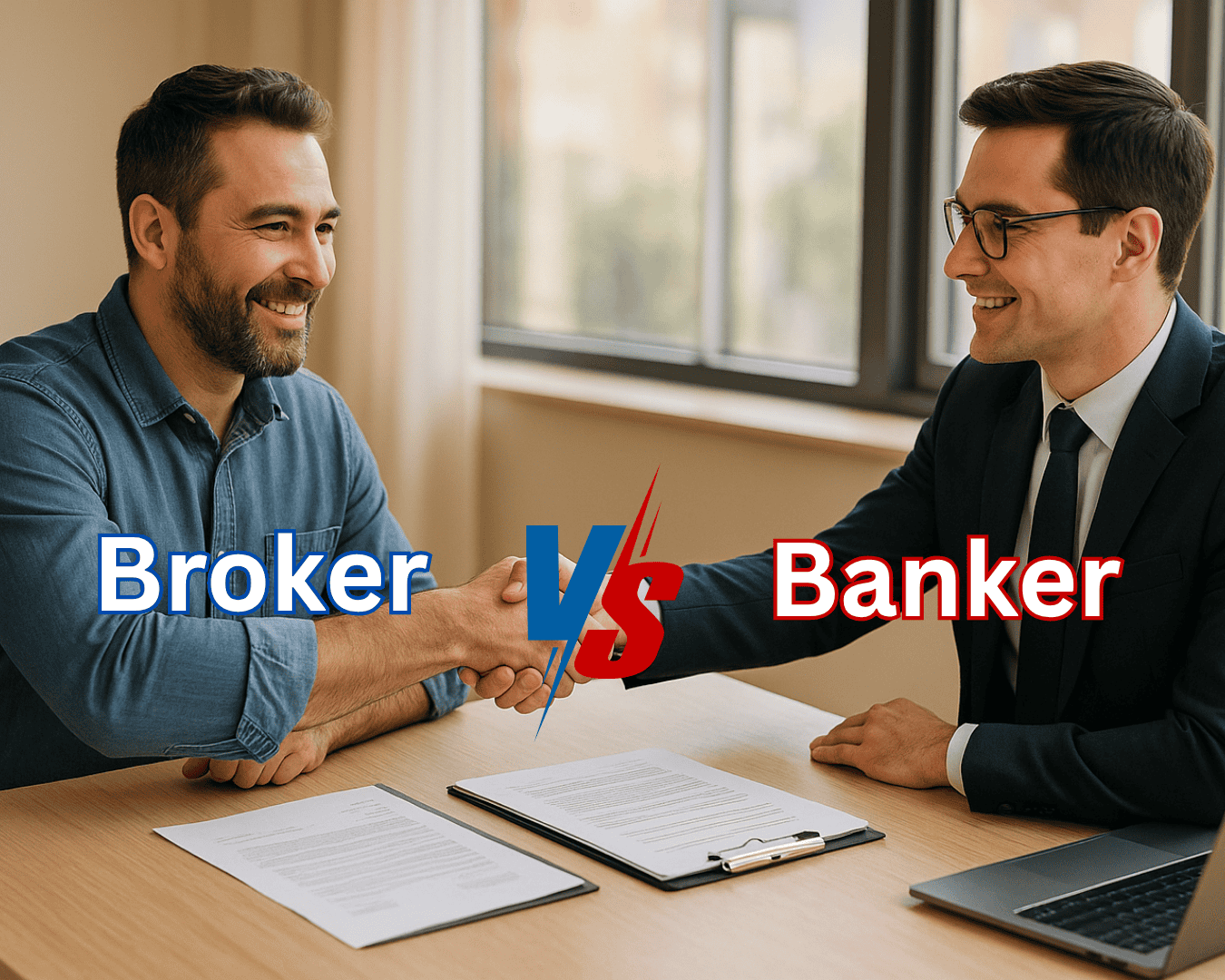



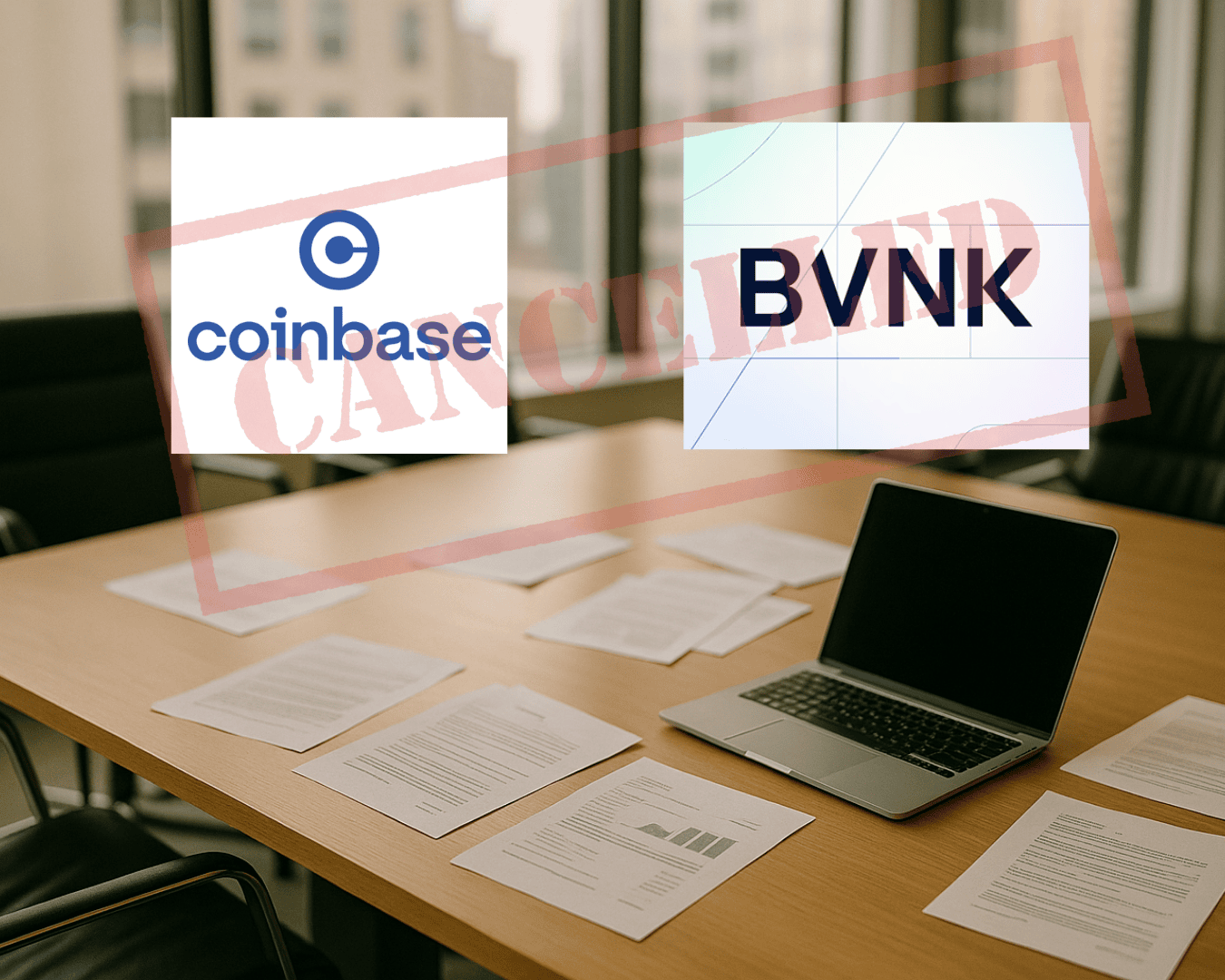









.png)

